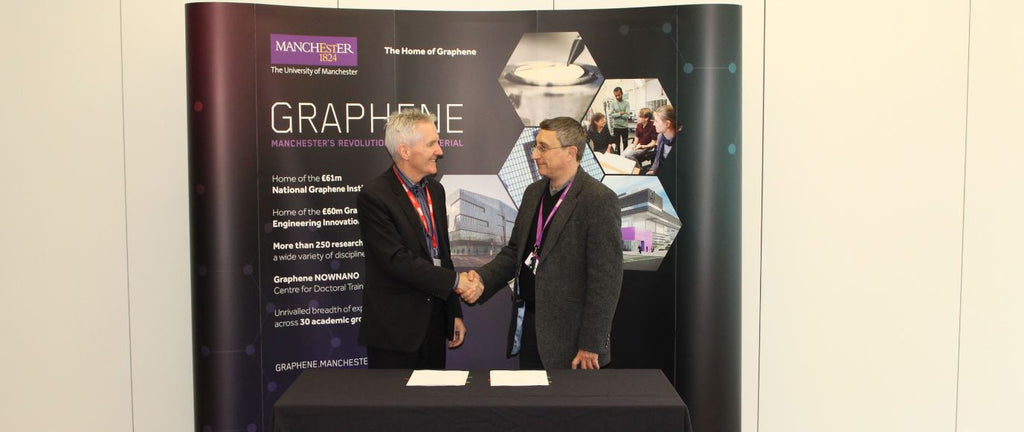Fire Alarm Wallpaper using Graphene Oxide
Many people see the development of ‘smart homes’ as the advancement of technology that can be controlled via your phone or other smart devices, however less attention is given to safety devices around the house. There has been significant research into incorporating graphene oxide in smart homes in applications from the internet of things to smart-curtains, but not as much has been found to improve upon household safety. There has been some investigations into graphene oxide as a smoke suppressant however. Researchers at the Shanghai Institute of Ceramics have recently developed a multi-purpose wallpaper that is simultaneously fireproof as well as containing built in fire detection systems using graphene oxide. In traditional homes, wallpaper is flammable and aids the spread of fires around the room, therefore there is an inherent need to minimise this risk. Previous attempts at creating flame retardant wallpapers have been somewhat effective, but the development has been hindered due to toxicity and environmental concerns.
Hydroxyapatite (Ca10(OH)2(PO4)6) nanowires have been utilised as a flame-retardant paper. Graphene oxide ‘ink’ is then used as a thermosensitive sensor, and acts as the wiring in a normal circuit connected to a lamp as well as a buzzer. In its normal form graphene oxide acts as an insulating material, but once exposed to high temperatures (such as a fire) the material is reduced with rapid deoxygenation and becomes electrically conductive and completes the circuit to alight the alarm lamp and sound the buzzer.
The range of graphene materials in current research in academic groups around the world highlights the effect that they will have on day to day applications in the near future. If you have any enquiries about the applications of graphene oxide or how it can improve your existing applications, please get in touch and one of the GOGraphene team will be happy to help.
Scientific Reports, 2018, 8, 3687
Mater. Today, 2014, 17, 152-153.
Environ. Int., 2003, 29, 665-682.



